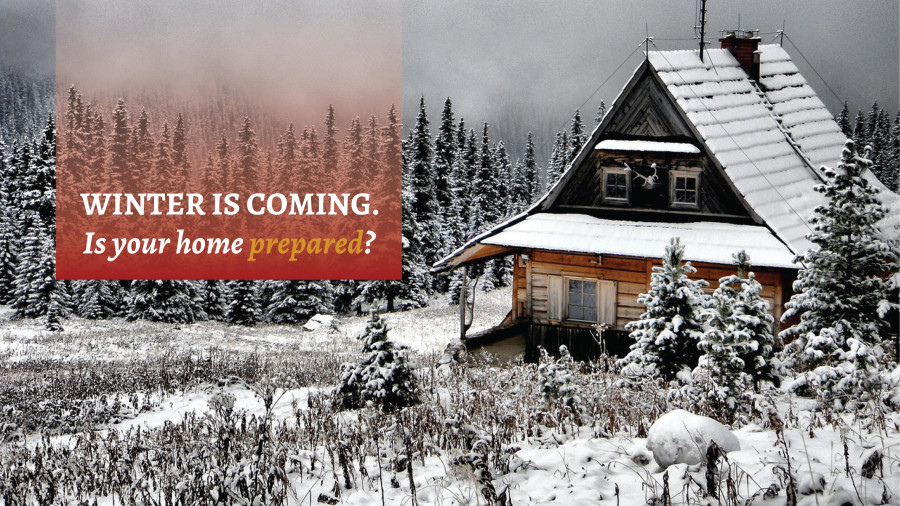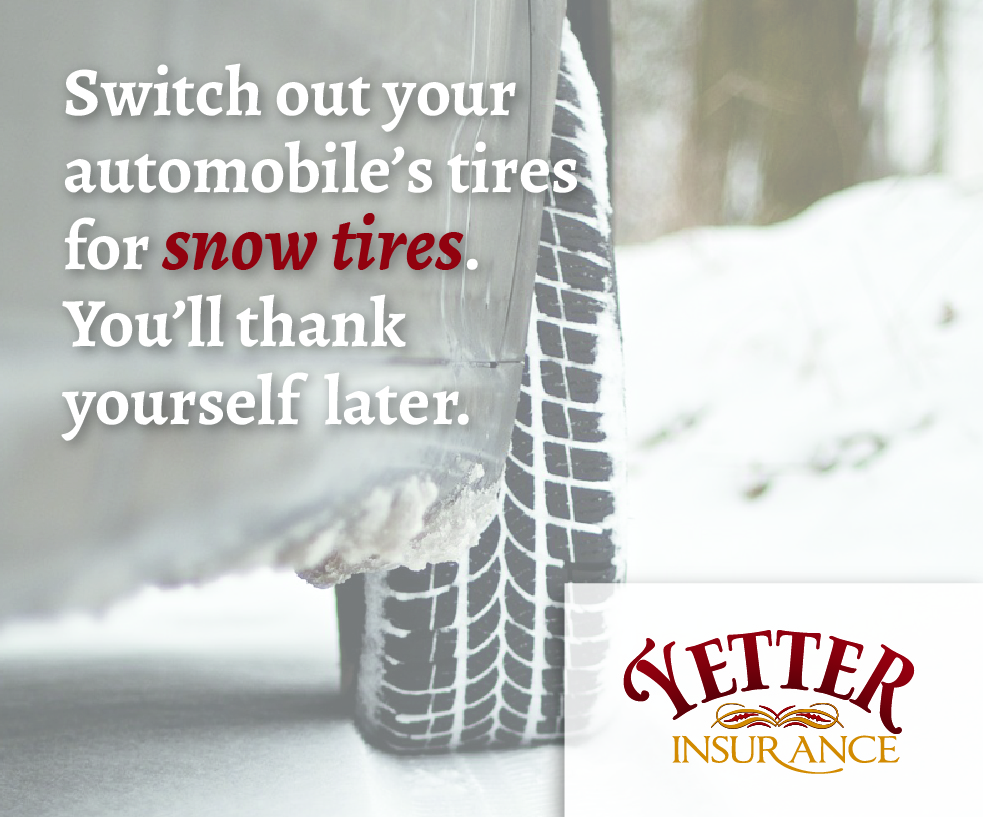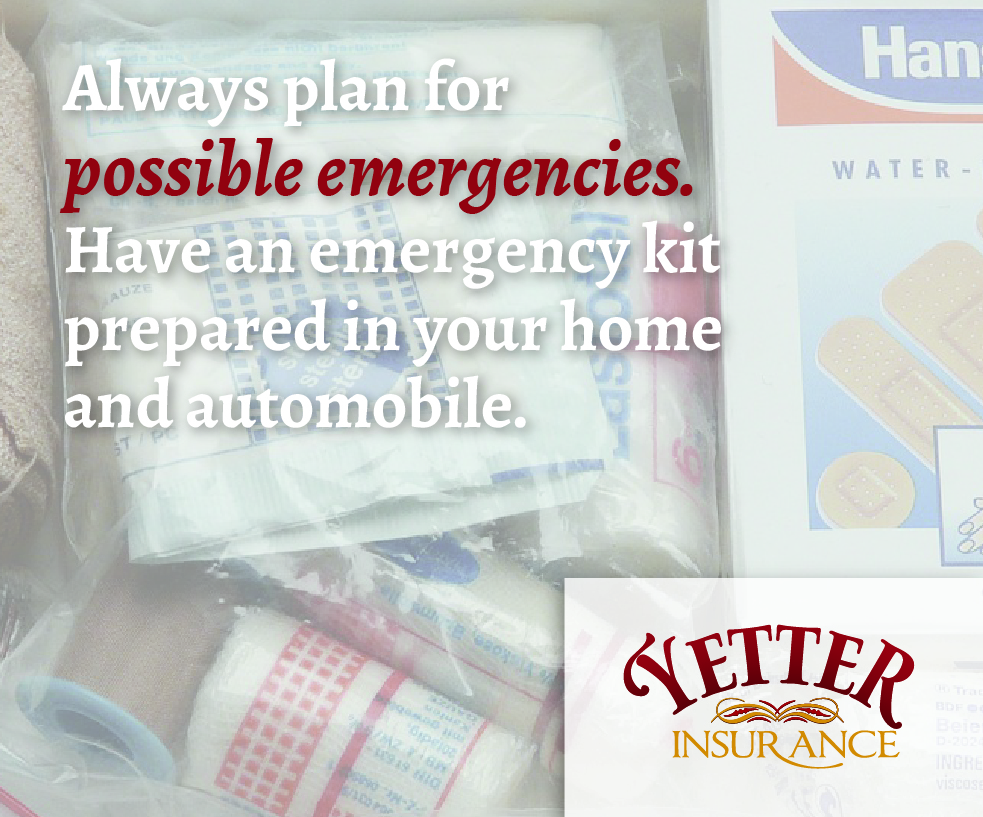You know fall is almost over when the leaves start falling off the trees, you start to see frost on your windshield, and holiday shopping is on your to-do list. Whether you like it or not, you know winter is approaching. You’ve probably unpacked all your winter clothes and started taking out the decorations, but have you thought about winterizing your home and your automobile? If not, don’t let this scare you, there is still plenty of time to plan for the colder weather that’s ahead. Here are some tips for winterizing your home and automobile.
Winterizing Your Home
By following these tips for winterizing your home, you can prevent costly repairs down the road.
Begin with the outdoors. You want to clear the gutters and downspouts from debris to prevent them from leaking or sinking. You should then inspect your roof and repair any shingles that may look worn. After you’ve finished checking over your home, you want to inspect your grounds and trim any branches that may be a problem to the electrical wires. Finally, make sure you stock up on ice melt or sand.
Heating systems are extremely important, and you’ll want to make sure they are prepared. Have someone who is a certified professional in Heating, Ventilation, and Air-conditioning look over your furnace and clean your ducts. If your home has a fireplace, have your chimney properly cleaned and have firewood stored in a dry, accessible place where it will be easy to get on brutal winter days.
On top of your heating systems, you’ll also want to make sure your smoke and carbon monoxide detectors are ready. Install new batteries in each unit, even if the old ones are still functional, and test to make sure it’s working. FEMA advises testing each detector monthly and replacing the batteries at least twice per year. An easy way to remember this is to change the batteries when you change your clocks for daylight saving time in fall and spring.
Always plan for emergencies! Natural disasters do occur, which is why it’s important to create an emergency kit, and stock up on extra food and bottled water.
Winterizing your Automobile
Not only does your home need your attention before winter weather approaches, but your car does too.
If you reside in an area where temperatures drop below freezing, you’ll want to switch your oil over to thinner – less vicious – oil.
Have a mechanic do a thorough inspection on your battery, cables, terminals, and fluid.
To help protect your engine make sure you are using coolant with ethylene glycol.
If your tires aren’t up to the job of winter driving, it’s time to swap them out for snow tires.
Make sure you select a washer fluid with an antifreeze solution for clearing off the cold and heavy grime.
Just like your home emergency kit, you’ll want to create one for your car too! Some items in it should include a flashlight, blankets, boots, a radio, flares, engine oil, and coolant.
By preparing now, you can help prevent costly damage to your home and vehicles, and help protect your family in case of an emergency. Contact a Yetter Insurance Agent today to see how else we can protect your home and vehicle during the harsh winter months ahead. Visit www.yetterins.com or call 570-296-8329.
Sources:
https://www.erieinsurance.com/blog/2014/winterizing-your-home
http://www.dmv.org/how-to-guides/winterize-car.php








